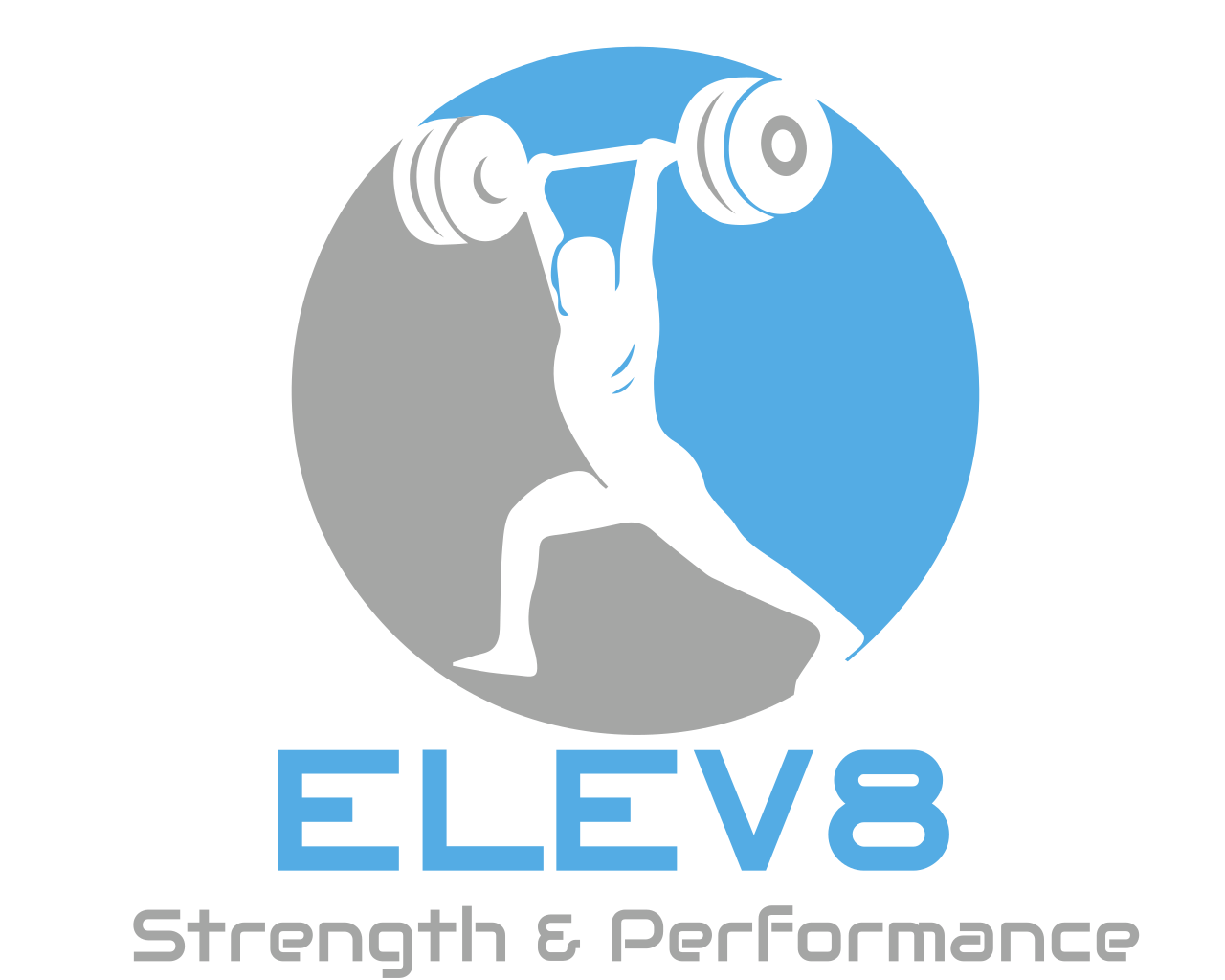The Secret to Jumping Higher?
Everyone wants to jump higher, be able to produce more power and be more athletic, right? What if there was a shortcut to that?
There is not, sadly, but the closest thing we might have could be French contrast training.
In its simplest form, you pair a strength movement, a loaded jump, a bodyweight jump, and a unweighted jump (such as with a band).
An example could look like this:
Front squat x2 @ 80% (not pictured)
Box jump x3 (No countermovement)
DB jump x3 @ 20% BW
Overspeed jump x2
This type of training, performed with minimal rest between sets (enough time for you to walk to the next exercise) places greater neurological demand on the athlete, as well as recruits a larger number of muscle fibers, able to be expressed at a potentially faster rate.
The strength movement, in this case the front squat, potentiates the nervous system and recruits as many muscle fibers as possible.
The plyometric box jump takes advantage of this potentiation done by the strength lift. Your body remembers having to lift heavy weight, and since the movement patterns are similar, you recruit more muscle fibers and produce more force than you would if you did not complete the strength movement.
The loaded movement, the DB jump, along with the overspeed jump, is a traditional contrast set. Similar to the front squat/box jump, you potentiate with the weighted jump and take advantage of that potentiation with the unloaded jump.
Typically, all 4 of these exercises would be completed by my athletes for 4-5 sets, with 4-5 minutes rest between sets. You do not rest between each exercise, but make sure you fully recover between each set.
Finally, this is an advanced training method. I would not recommend this style of training to someone who does not have at least 3 years of training experience. Build your foundation of strength first!
